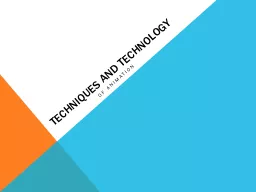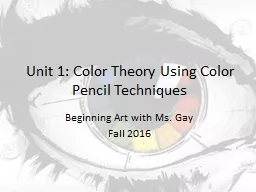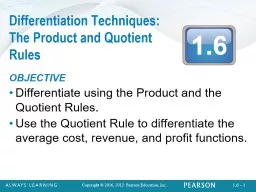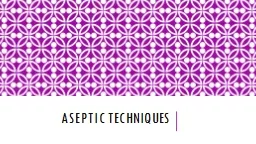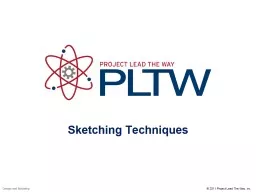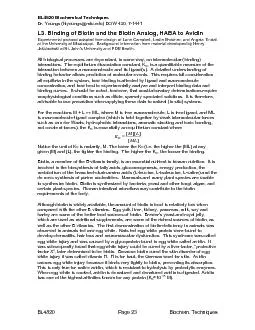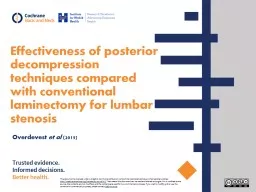PPT-Techniques and technology
Author : phoebe-click | Published Date : 2016-09-04
Of animation In the back of some caves there are cave paintings These were early forms of animation as due to the flickering fire from torches the paintings appear
Presentation Embed Code
Download Presentation
Download Presentation The PPT/PDF document "Techniques and technology" is the property of its rightful owner. Permission is granted to download and print the materials on this website for personal, non-commercial use only, and to display it on your personal computer provided you do not modify the materials and that you retain all copyright notices contained in the materials. By downloading content from our website, you accept the terms of this agreement.
Techniques and technology: Transcript
Download Rules Of Document
"Techniques and technology"The content belongs to its owner. You may download and print it for personal use, without modification, and keep all copyright notices. By downloading, you agree to these terms.
Related Documents

